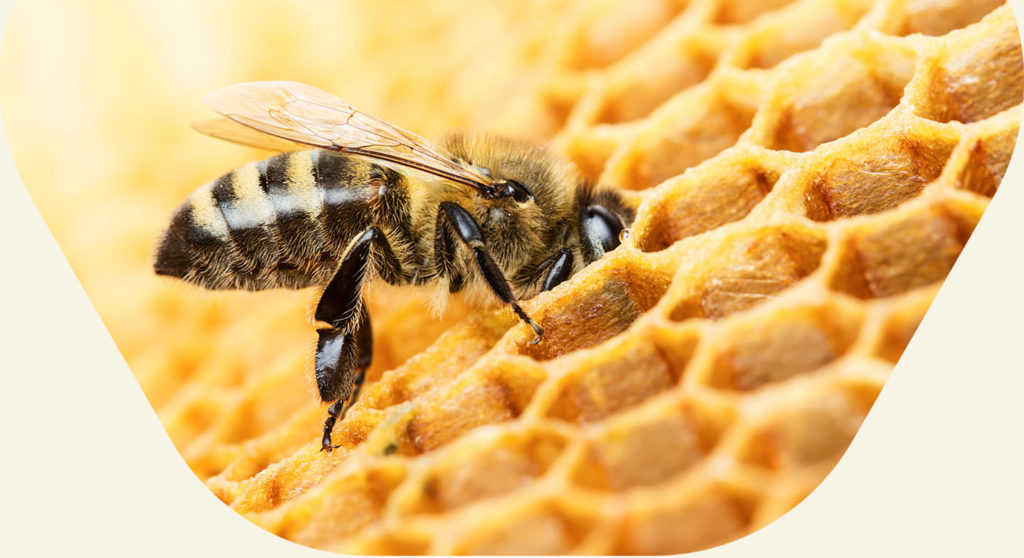Mathieu DOMECQ Editor of the API of the month and the Blog
As temperatures rise in February, bee activity picks up again. Depending on the region, spring is beginning to take hold. However, it is important to remain vigilant in the face of possible frosts, which could affect the most fragile colonies.
This month, we’ll find out how bees keep warm. Then we’ll look at what the season is like for a beginner with his first hive.
Did you know? One Asian hornet foundress captured in February means up to 3,000 fewer Asian hornets over the season! (source : ephytia.inra.fr)

Tasks of the month
Everything is still uncertain, and frosts could occur despite a general rise in temperatures in most regions. Here are the tasks that beekeepers should carry out in February to prepare for the season:
Observe your hives without disturbing them: as soon as the first sunny days appear, you’ll see the first foraging bees start their cleaning flight and collect pollen. The fact that the bees are regularly active on sunny days is a positive indicator of the health of the hive.

Prepare to fight the Asian hornet: the foundresses (mated females) will begin to emerge to build their nests. Trapping will prevent your hive from being invaded by Asian hornets this summer. So place your traps near hives or old Asian hornet nests.
Monitor food supplies: make sure there is always candy available in your hives, close to the cluster. It is generally essential to install a second loaf of candy in February to ensure adequate feeding until the spring inspection at the end of March. A protein-enriched bee fondant would be perfect for supporting weakened colonies and stimulating the growth of young bees.

Melliferous flowers of the month
Mimosa, Hazelnut and Speedwell


